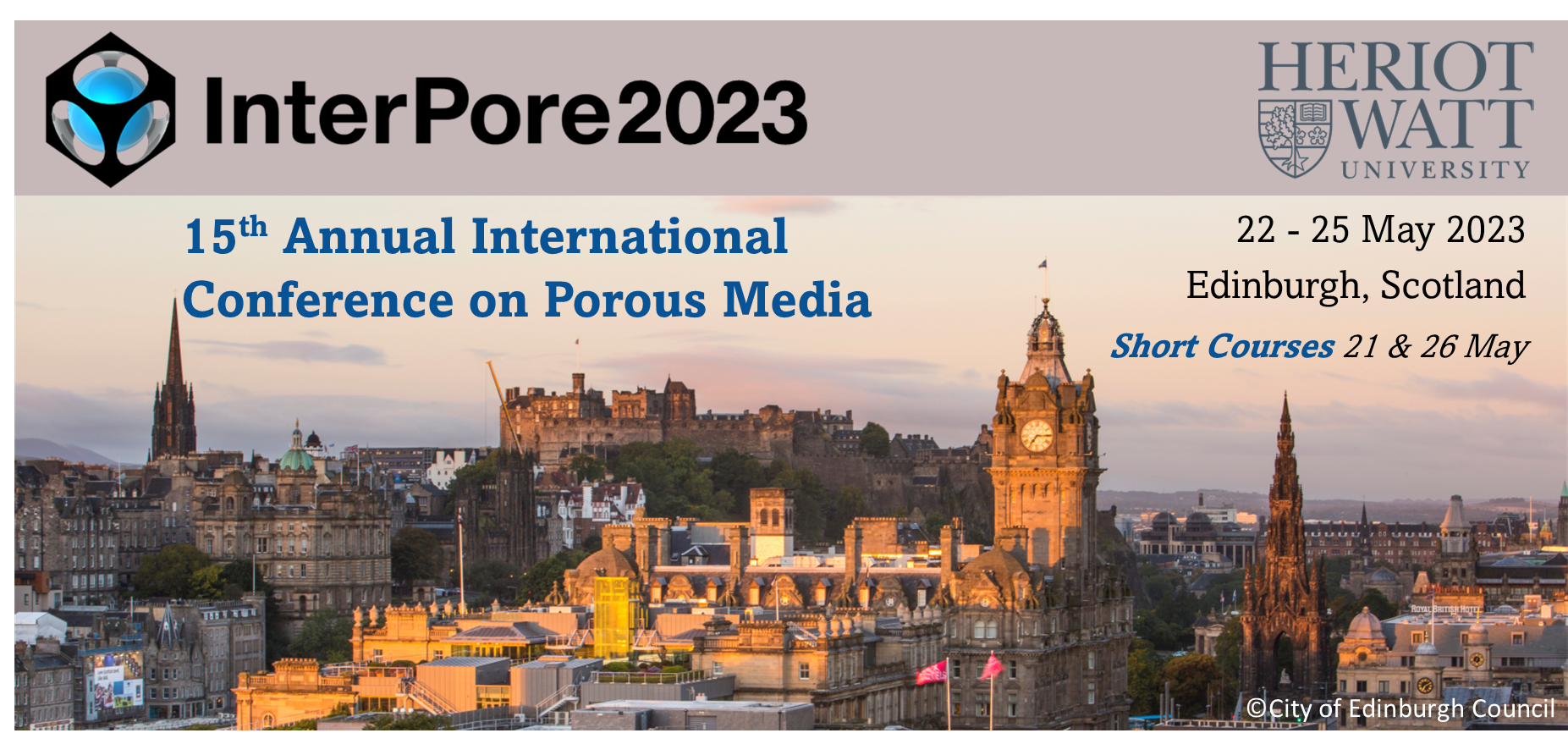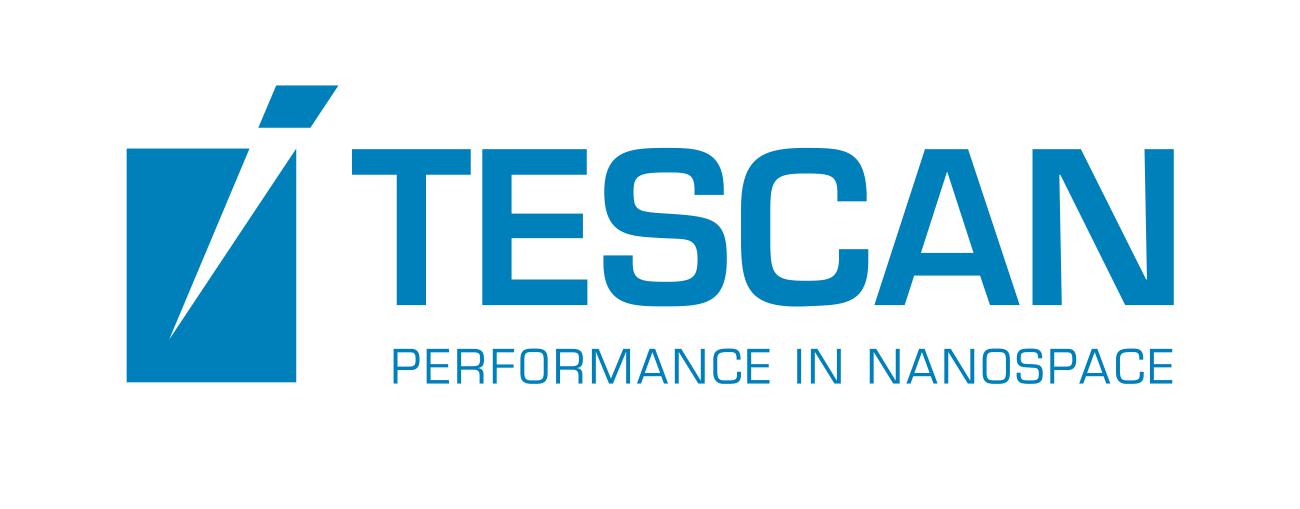Speaker
Description
Capillary rise dynamics of molecular liquids in nanoporous solid is governed by the interplay of liquid’s viscosity, the liquid-solid interaction and permeability of the porous medium. Classical hydrodynamics provides a square-root-of-time dependent law to describe the liquid front advancement during imbibition, also known as Lucas-Washburn law (L-W). Although the validity of the L-W law down to the single digit nm scale has been proven [1], complex dynamics and broadening of the imbibition front arise in connection to the pore size distribution of the solid and its tortuosity.
To address this problem we present Lattice-Boltzmann computer simulations (L-B) of water imbibition in nanoporous Vycor glass. X-ray-based tomography of a 400 $nm$ porous Vycor reveals the geometry of the pore space from the single-pore up to the Darcy scale. The scale invariant spinodal demixing-based pore formation in controlled pore glass allows us to re-scale such geometry $\sim$ 100 times down. Thus we complement the L-B simulations with optical imaging experiment for water imbibition in Vycor with poresizes of $\sim$ 4 $nm$. At this scale, changes in the refractive index of the solid upon filling provide for direct observation of the rise dynamics and the broadening of the filling front. The latter is visible via intense light scattering at this region induced by the coexistence of liquid-gas phases at length scales comparable to the light characteristic wavelengths.
References
[1] Simon Gruener, Tommy Hofmann, Dirk Wallacher, Andriy V. Kityk, and Patrick Huber (2009). Phys. Rev. E, 79(6).
| Participation | In-Person |
|---|---|
| Country | Germany |
| MDPI Energies Student Poster Award | Yes, I would like to submit this presentation into the student poster award. |
| Acceptance of the Terms & Conditions | Click here to agree |







